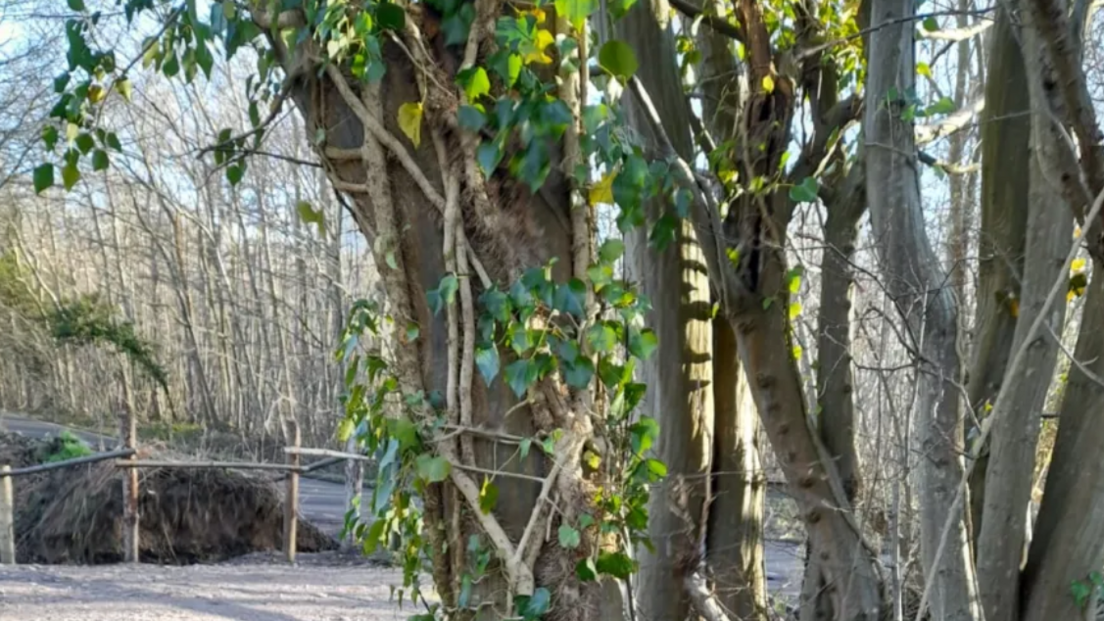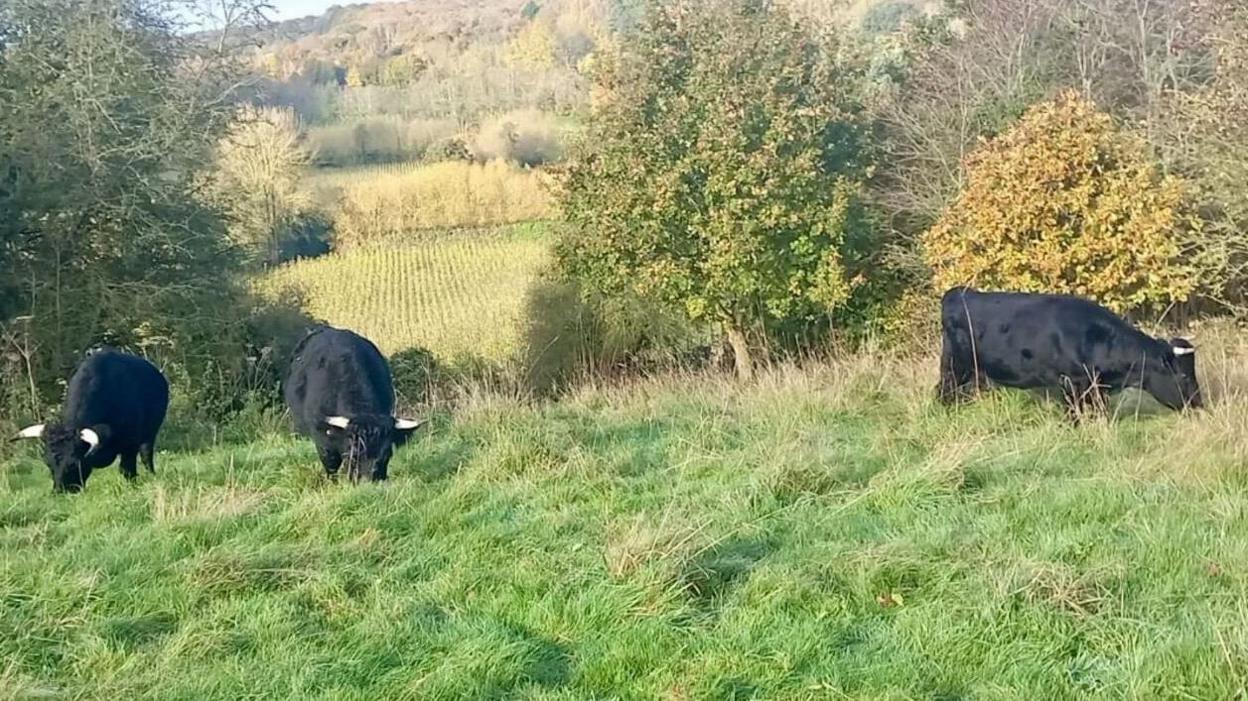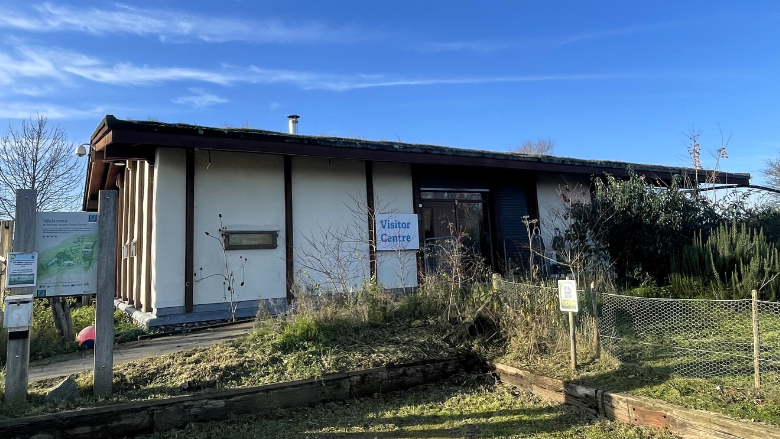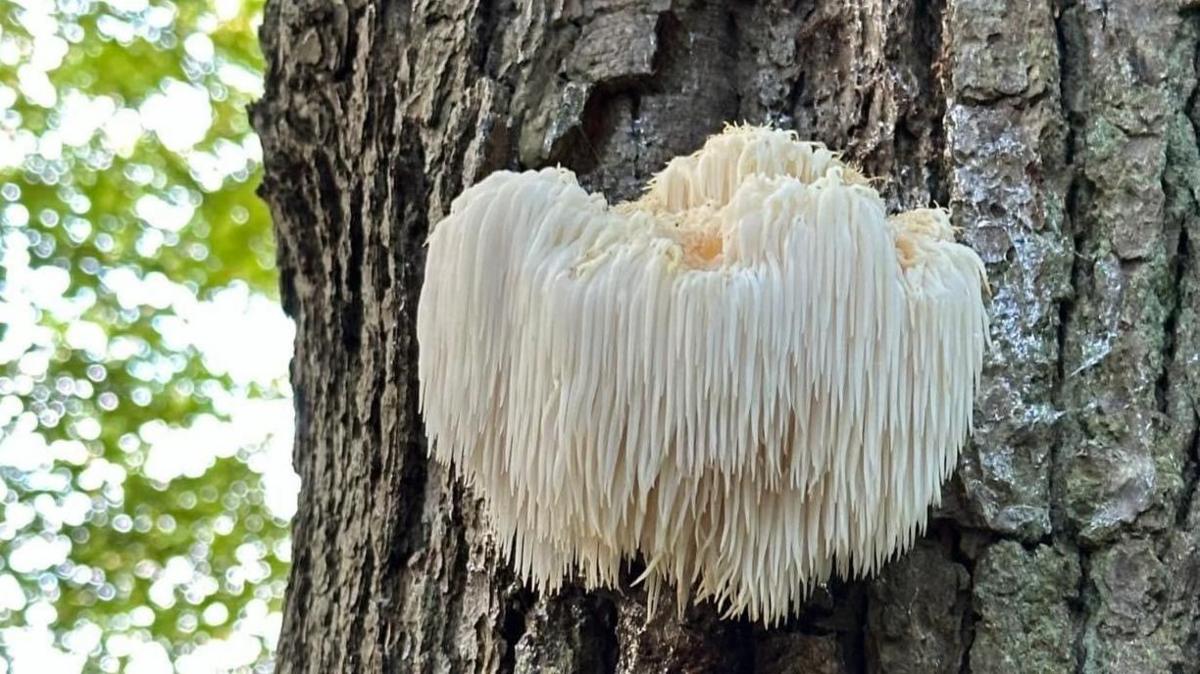Stop removing ivy from our sites, pleads charity

Kent Wildlife Trust says ivy does not harm trees and supports wildlife
- Published
Kent Wildlife Trust has appealed to people to stop removing ivy from trees on its sites as the plant is a "vital component" to the ecosystem.
It comes following a series of incidents at its East Blean Nature Reserve.
The trust said it is uncertain if it was done by "well-meaning but misinformed individuals" or harvested for "decorative purposes".
Conservationists from the charity said ivy has an "unfair reputation", with many people mistakenly believing it damages trees.
Ian Rickards from the trust explained: "Ivy doesn't harm trees, it merely uses them for support.
"It plays a vital role in sustaining biodiversity by offering shelter for bats, nesting sites for birds, and food for caterpillars."
Ivy serves as food source and shelter for wildlife during the colder months.
It also helps absorb carbon dioxide from the atmosphere, stops soil erosion and provides nectar source for insect pollinators.
Mr Rickhards added: "Ivy tends to flourish on dying trees, not because it is killing them, but because the tree's declining canopy allows more light in, this enables ivy to grow more vigorously.
"It is a misunderstood nature hero, and we urge people to let it be."
Follow BBC Kent on Facebook, external, on X, external, and on Instagram, external. Send your story ideas to southeasttoday@bbc.co.uk, external or WhatsApp us on 08081 002250.
- Published26 November 2024

- Published27 January

- Published20 November 2024
